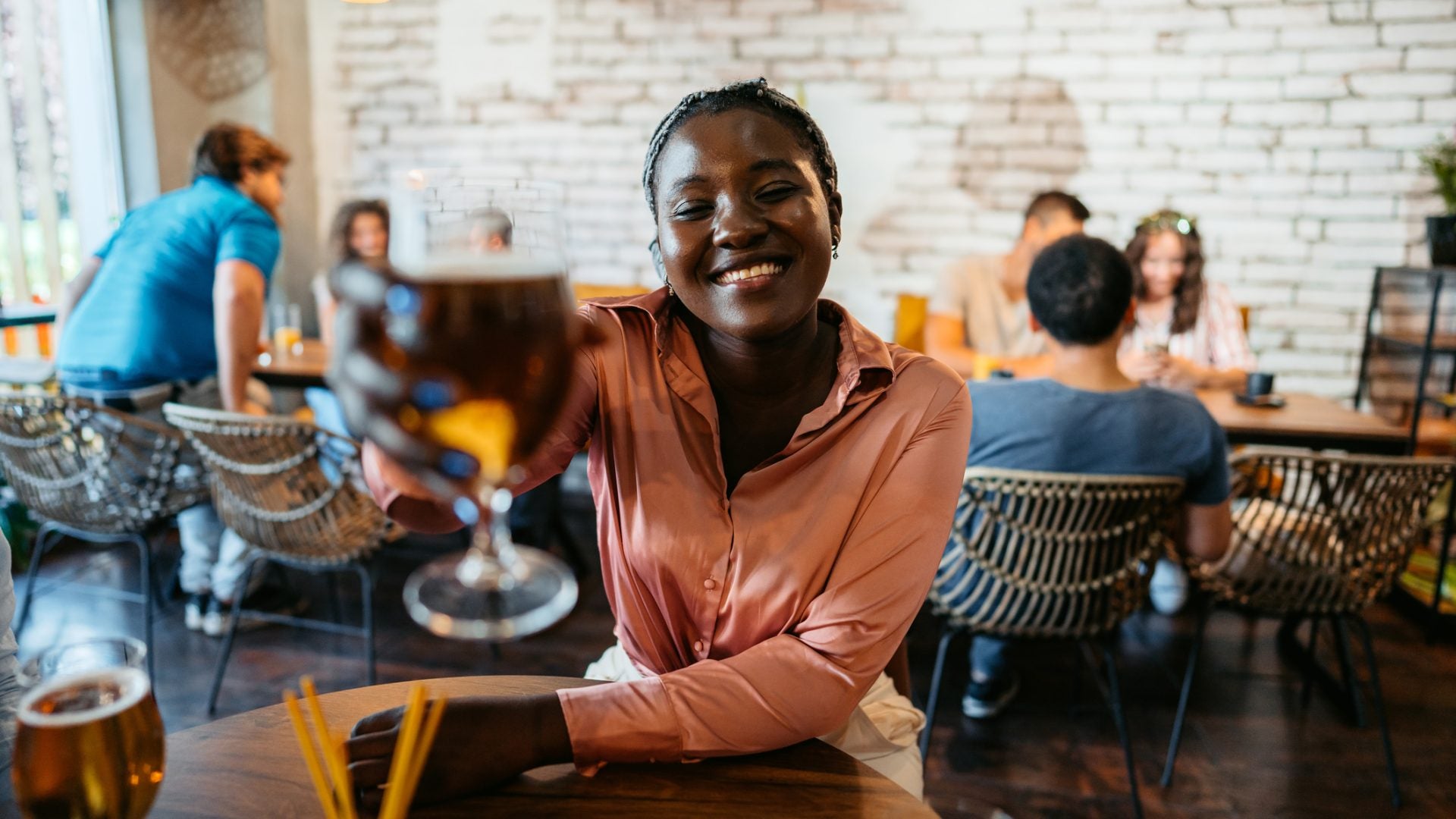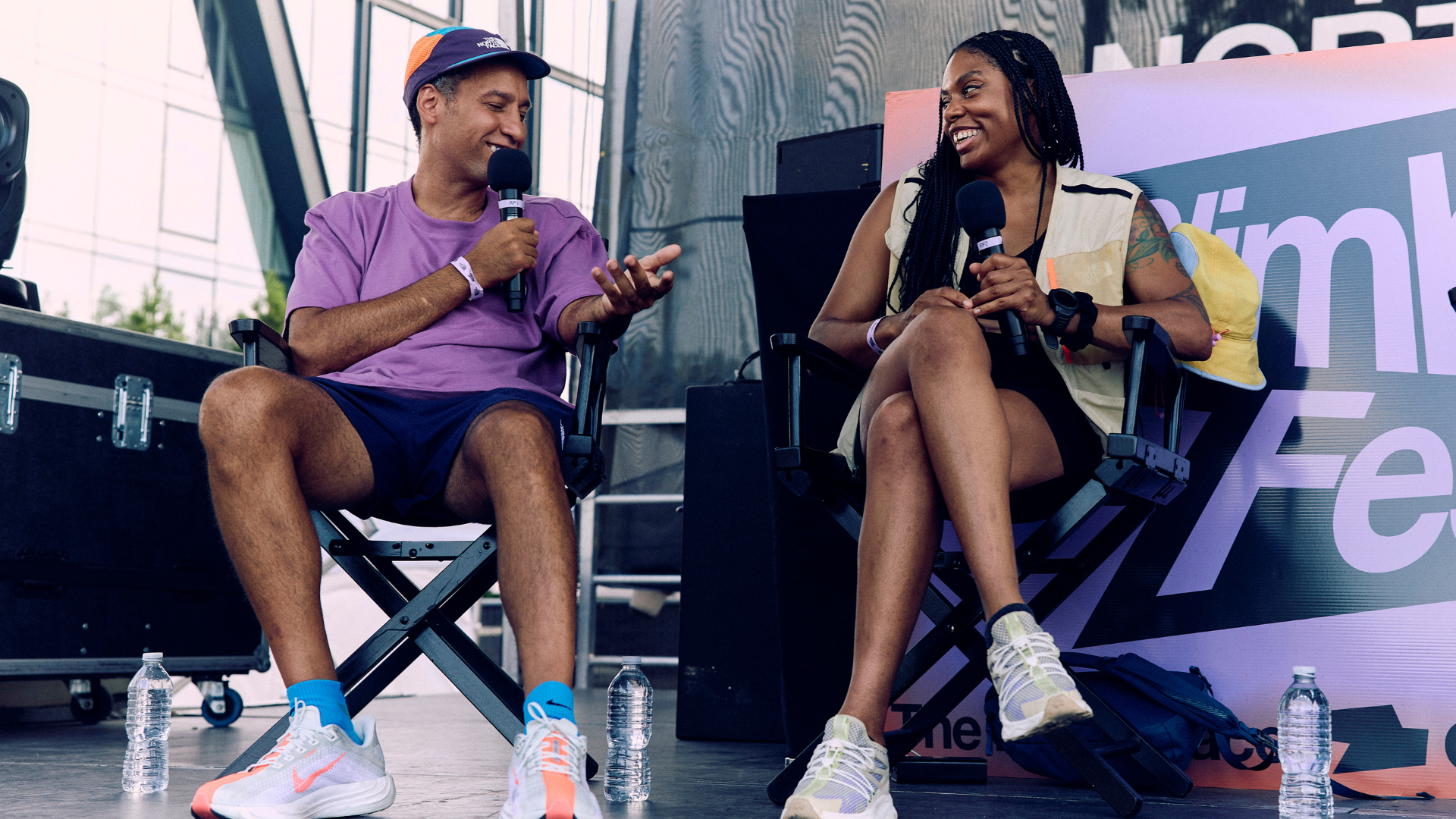
This year’s North Face Climb Festival, the first held in New York, delivered on its promise of an adrenaline-bound community. With a 55-foot climbing wall anchored into the pier waters, onlookers watched as leading climbers, including two recent Olympians—raced to the top in various tests of bravery and agility. The event was a testament to the growing curiosity surrounding the gravity-defying sport that is quickly expanding worldwide. As the outdoors and mountaineering community expands in visibility, incisions with the fashion and community programming spaces are changing who will become the face of climbing’s future. Between the popularization of gorp-core, the utilitarian fashion style, and the infusion of city-scapes with climbing walls, bouldering zones, and hiking clubs, it seems that the sky is the limit for the curious outdoorsman or woman.
Just weeks ago, Brooke Raboutou, now a silver medalist at 23 years old, became the first U.S. woman to claim an Olympic medal in sport climbing. The bouldering and lead athlete is among the foremost athletes expanding the conversation around rock climbing and the outdoors sporting world at large. “It’s been great to see people expressing their interest in the sport for the first time,” she tells ESSENCE, speaking to seeing the sport grow from an outdoorsy niche to an opportunity zone for more young people interested in engaging the natural. “Our sport is so unique and has so much joy to give and I’m glad more people get to experience and watch it.”
Raboutou and various leaders in the climbing space spoke throughout ClimbFest about the practical measures that can close the access gaps with the sport. One woman in particular, climber and wellness instructor Brittany Leavitt, is helping lead the growing arm for inclusivity. She was joined on a panel with fellow program leaders building outdoor communities in urban landscapes. Hood Hikers founder, Jasmine Guadalupe spoke with Leavitt, Mike Saes, and Angie Chavez about infusing city space with outdoor-sporting ones and building communities through the incisions of access, athleticism, and the growing popular culture surrounding the great outdoors.
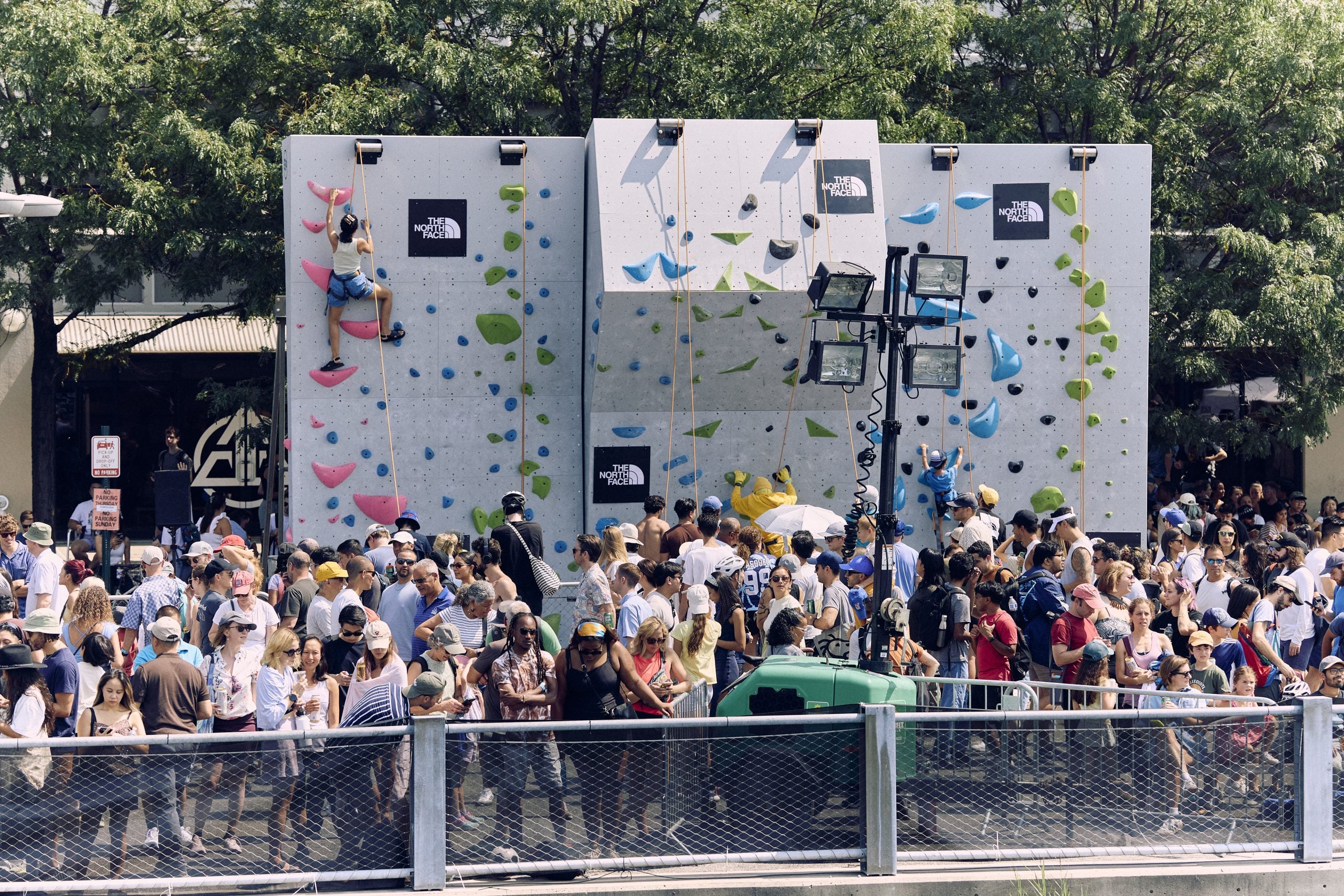
For young women of color, the journey to the top of the climbing wall is often fraught with obstacles that extend beyond the vertical. These are the barriers to visibility, financial access, and industry connectivity that have historically centered on white, male experiences. The discrepancies in opportunity start early. Rock climbing gyms are often located in more affluent areas, with membership fees that can be prohibitive. Gear, too, is expensive, and without the networks that often guide young climbers through their first steps, many young women of color are left behind. Even when they do find their way to the wall, the feeling of being an outsider can be overwhelming. Climbing, as a sport and culture, has not traditionally made space for their narratives or their bodies.
Leavitt spoke to this experience of being a minority in the outdoor recreation space, reflecting on her childhood as a transracial adoptee in Maryland. As a Girl Scout, she found a sense of cultural community that familiarized her with the historical Black presence in the outdoor recreation space. Maryland is home to multiple national parks and after volunteering with another organization called Outdoor Afro, she immersed herself in addressing the institutional barriers that prevent many people of color from claiming a space in hiking, biking, or other activities.
“I think one of the best things I learned is that you don’t have to start young. You can take your time, and it is never too late to find that thing that resonates with you,” Leavitt shared. Leavitt started rock climbing in college, and though the space was predominantly white and male, she learned about Black and Brown women climbers who had been doing the same thing for years. One of her particular inspirations was Chelsea Griffie, a Bay Area-based climbing instructor who was the first Black woman to climb El Capitan, one of the most famous cliffs in the world. After learning about Chelsea’s story, she was reinvigorated to continue her climbing journey and create a pathway for others.
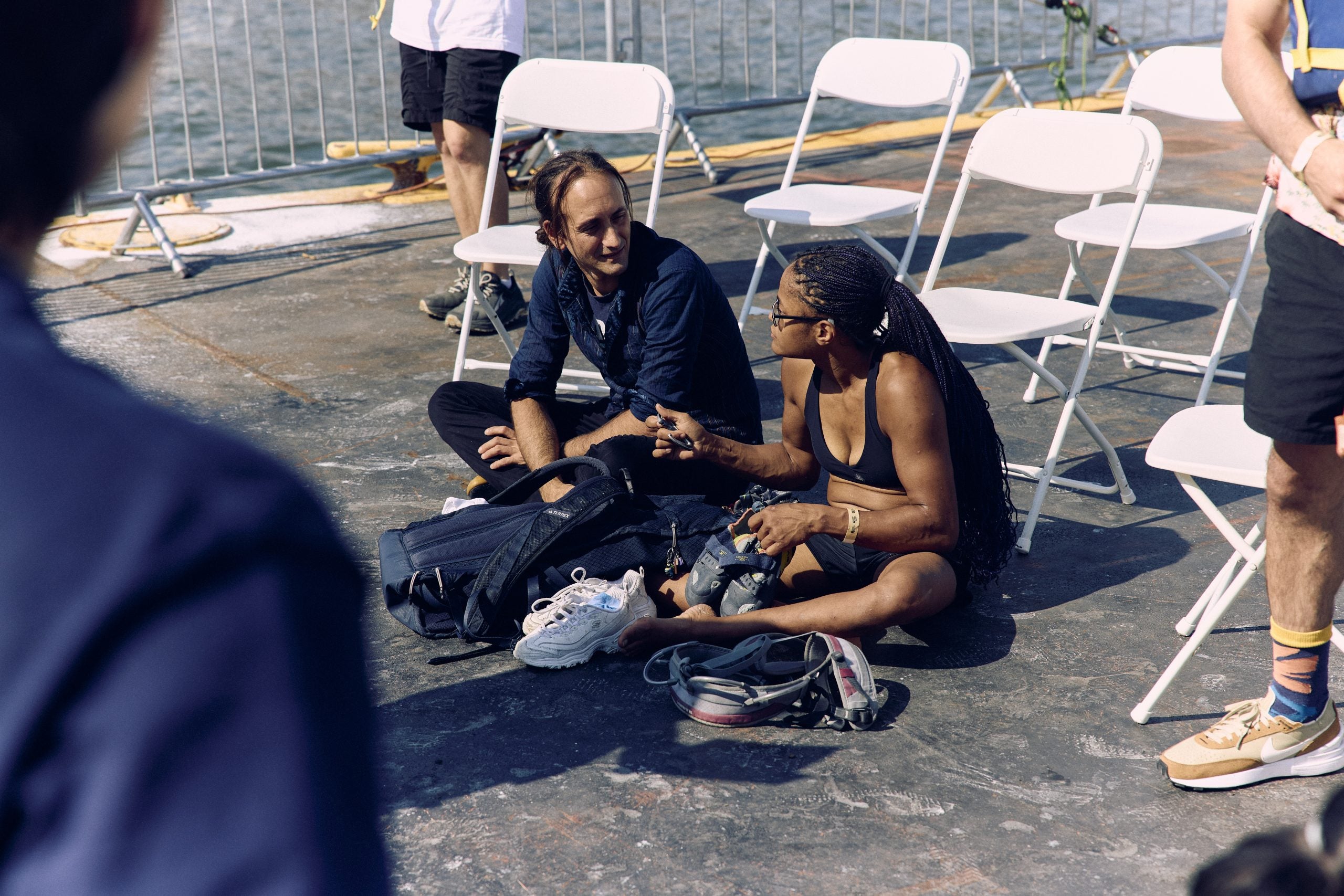
“It was at a crucial time when I was almost done with climbing because I wasn’t seeing myself and was also being harassed,” Leavitt tells ESSENCE. She explains that seeing a photo of Griffie in braids hanging off rocks inspired her to stay in the space and keep navigating it in her own way earnestly and passionately.
Brittany started working at outdoors sporting retailer REI and rededicated herself to the teaching component of rock climbing. As an instructor, she started with backpacking and transitioned to teaching people the basics of rope safety, harnessing, and how to reach climbing goals. During this conversation, Leavitt is fittingly wearing North Face head to toe, sporting a yellow mesh cargo vest from Evelynn Escobar’s Hike Clerb collaborative collection.
Leavitt is an educator at heart, working for the Smithsonian with two to six-year-olds. Though the pandemic caused her to pivot out of this time for her teaching journey, she reflects fondly on the lessons learned from instilling object-based teachings to people at such an early and important stage in their development. “Kids have such a sense of wonder; they just want to know how everything works,” she expressed. “We got to showcase different perspectives of education from inside the museum and outside. A big component of that was just trying to reinforce the foundation of being a good person to each other and everyone around them.” She can utilize these tools today as a coalition leader with Brown Girls Climb, building access to the ideas she holds dear about the sport she loves.
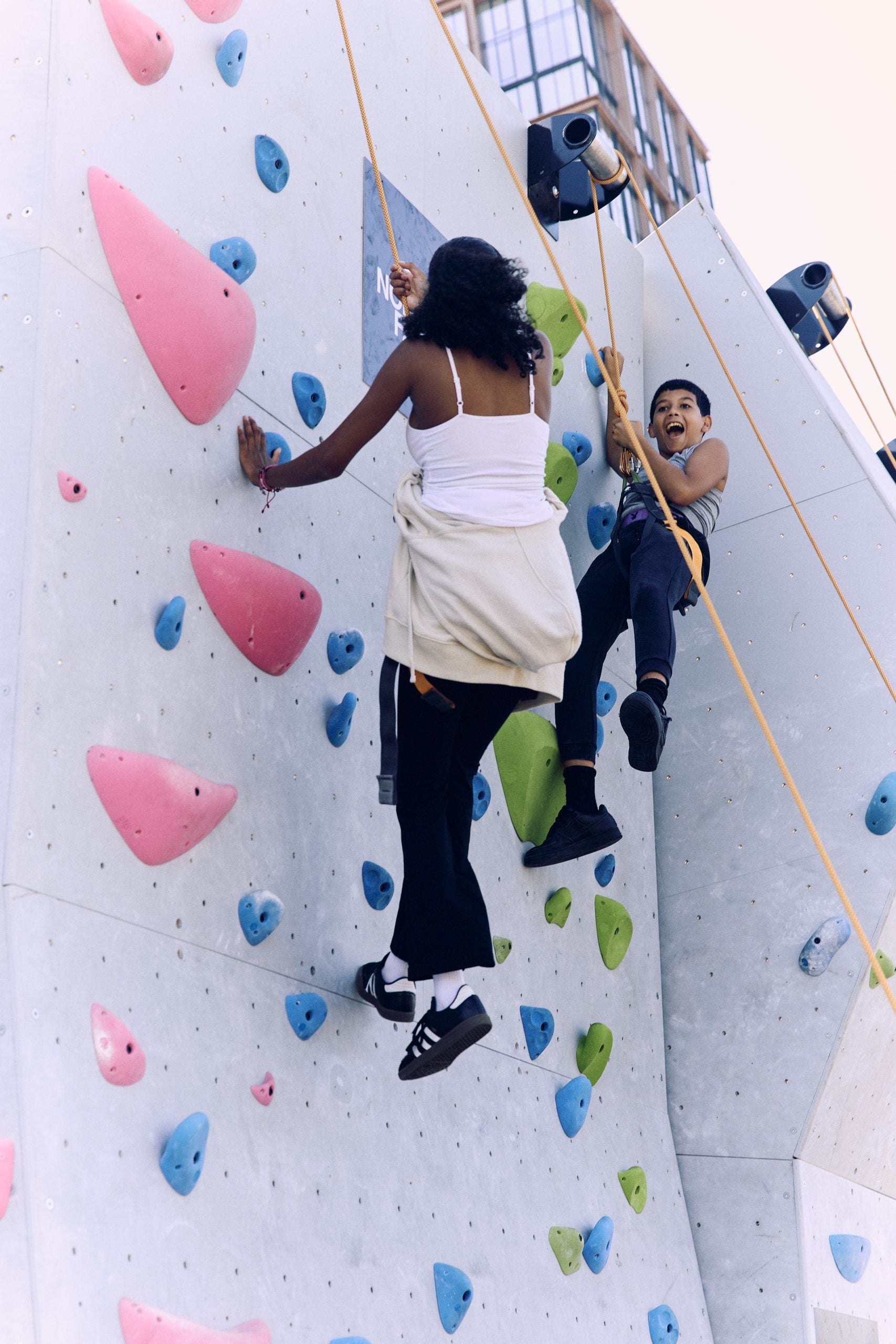
Brown Girls Climb addresses inequity issues head-on by providing mentorship, community, and access to resources that are often otherwise out of reach. So far, there are chapters incorporated across multiple states, which Leavitt oversees as the primary organizer on staff. She credits her many local leaders who help her with strategic planning, educating members, and leading groups so that young women of color can focus on connecting and enjoying themselves. Brittany hopes to build more partnerships to foster a growing sense of belonging in the climbing community.
Leavitt believes there is truly space for everyone. She expresses that if you want to show up in a full face of makeup to do so–she details that if you’re new to the sport that is also fine. “Just keep taking up space, even when it’s scary.” Brands are also becoming more mindful, she notes. In many ways, North Face is similar to Timberland, and various other labels that have become incorporated into streetwear interpretations of fashion. Whereas it was once more common to encourage a separation by genre, with some brands going so far as to publicly discourage perceived non-members of their intended audience from wearing their clothes, today there is more of an embrace. Styles are mixed, and new ones are formed by the layering of various pieces from different subcultures.
According to Leavitt, she loves a sports bra and baggy pants. “It’s always timeless, I like to mix things up though. You don’t just have to wear cargo anymore to prove you belong to the sport. Come as you authentically are,” Leavitt adds.



